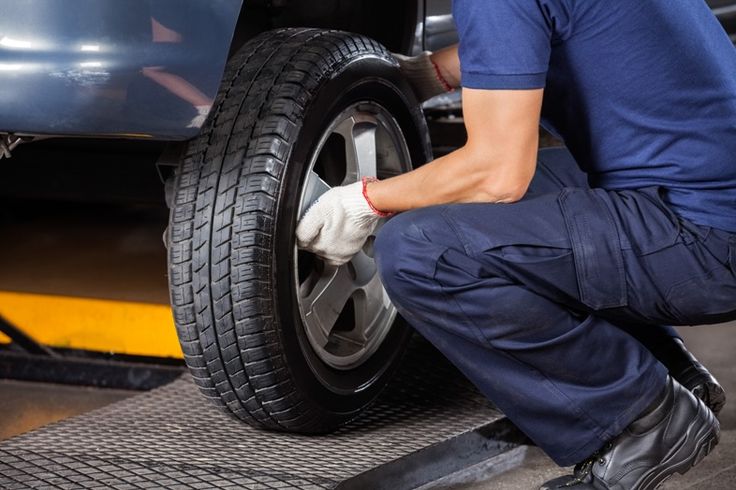Your tires are the only point of contact between your vehicle and the road, making them one of the most crucial safety components of your car. Knowing when to replace them can help prevent accidents, improve fuel efficiency, and ensure a smooth ride. Here’s how to determine when it’s time for new tires.
1. Check the Tread Depth
Tire tread depth is vital for maintaining traction, especially on wet or slippery roads. The minimum legal tread depth in most places is 2/32 of an inch, but replacing them earlier (around 4/32 of an inch) is recommended for optimal performance.
- Penny Test: Insert a penny into the tread with Lincoln’s head facing down. If you can see the top of his head, your tread is too low, and it’s time to replace the tire.
- Tread Wear Indicator Bars: Many modern tires have built-in wear bars that become visible when tread reaches the minimum depth.
2. Uneven Tread Wear
Uneven tread wear can be a sign of misalignment, improper inflation, or suspension issues. Check for:
- Excessive wear on one side of the tire.
- Bald spots or patches.
- A cupping or scalloping pattern.
If you notice uneven wear, have your alignment checked and rotate your tires regularly to promote even tread wear.
3. Visible Damage or Cracks
Inspect your tires for:
- Cracks in the sidewall, which can indicate dry rot or aging rubber.
- Bulges or blisters, which can lead to a blowout.
- Punctures or cuts—while small punctures can sometimes be repaired, large or multiple damages may require a replacement.
4. Frequent Loss of Air Pressure
If you find yourself constantly refilling air in your tires, it could indicate:
- A slow leak from a puncture or damaged valve stem.
- Aging tires that no longer hold air effectively.
- Structural damage that compromises air retention.
5. Tire Age
Even if the tread appears fine, tires degrade over time. Most manufacturers recommend replacing tires every 6 to 10 years, regardless of mileage. Check the DOT code on the tire’s sidewall for its manufacture date and replace older tires to avoid potential failures.
6. Vibration or Strange Noises While Driving
Unusual vibrations or noises can indicate:
- Tire imbalance or misalignment.
- Internal tire damage.
- Suspension or wheel issues.
If vibrations persist despite balancing and alignment, your tires may be worn out or structurally compromised.
Regularly inspecting your tires can help you catch early signs of wear and prevent dangerous driving conditions. If you notice multiple warning signs, it’s best to replace your tires sooner rather than later to ensure safety and optimal performance on the road.
